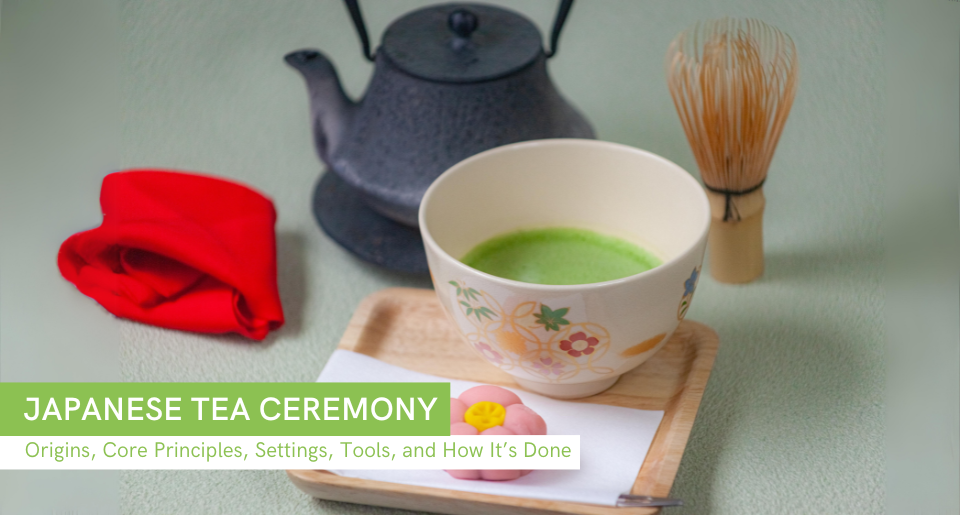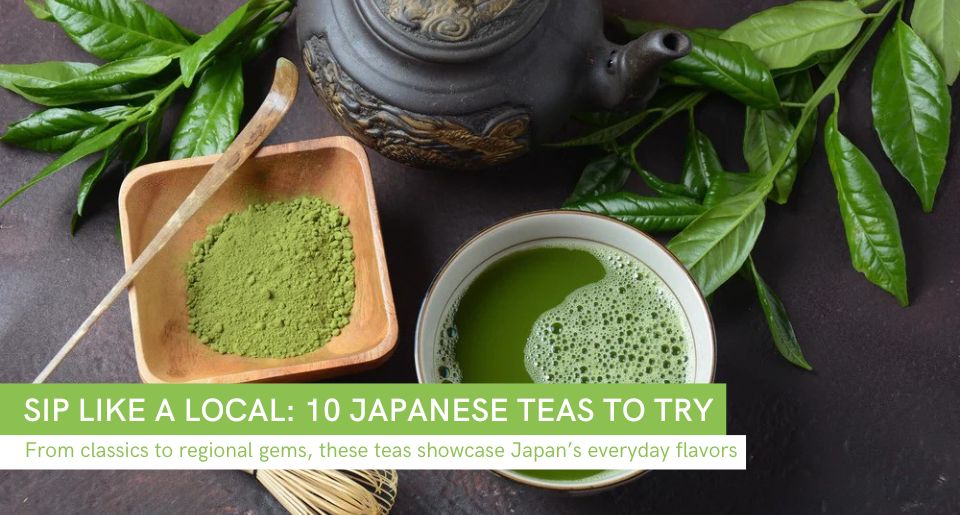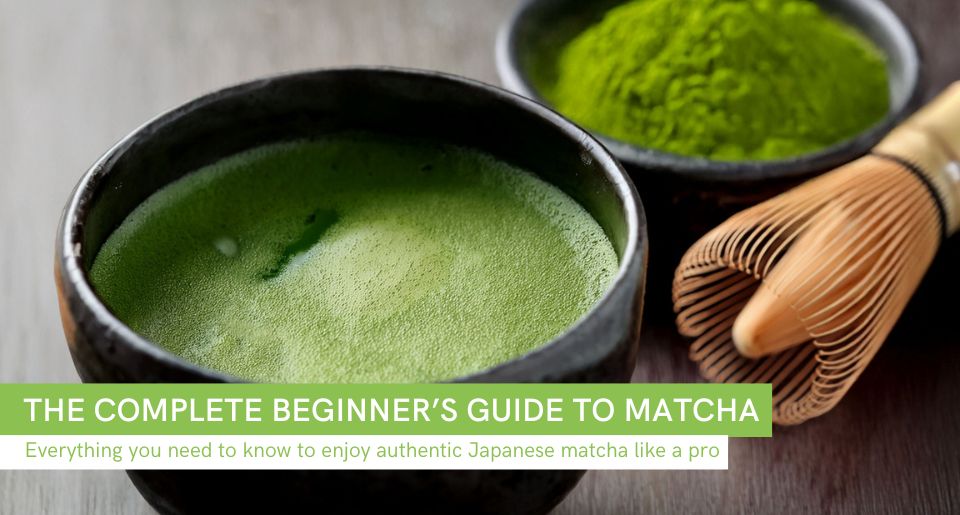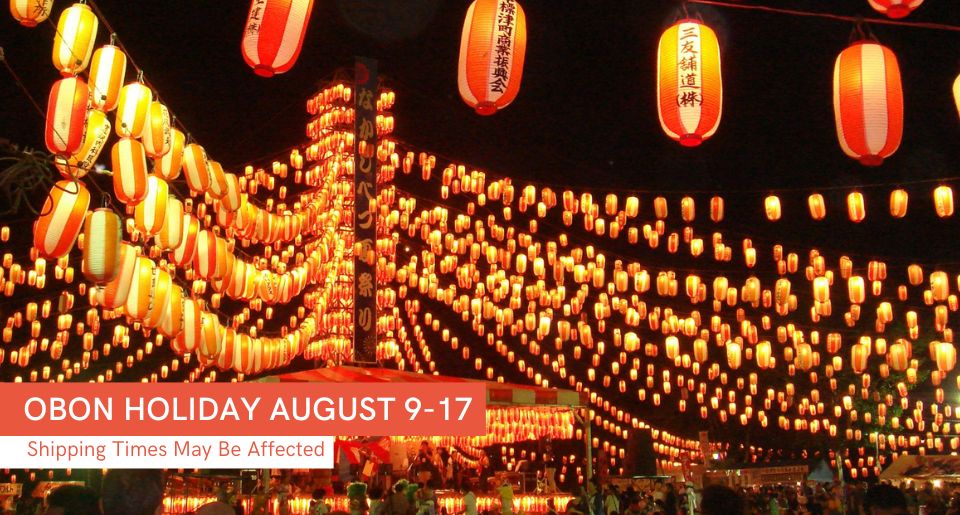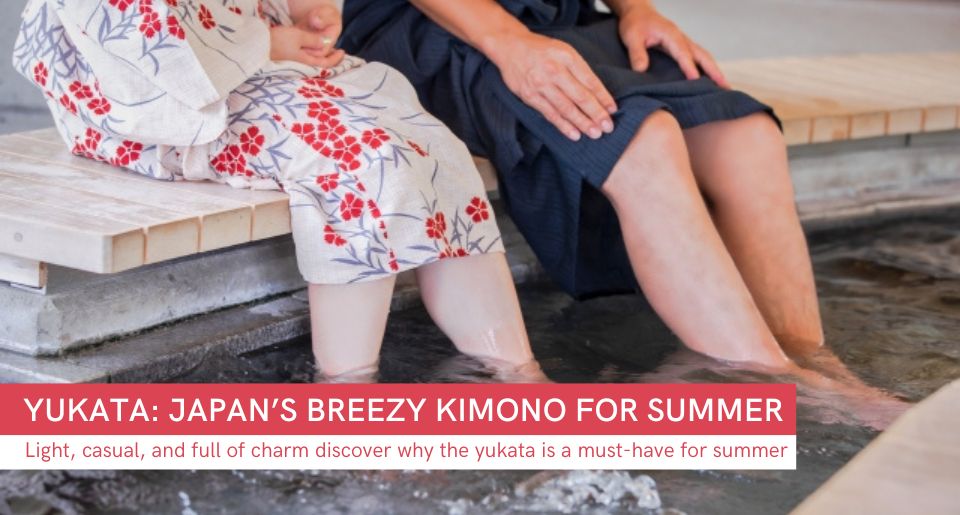Introduction
For the Japanese, the tea ceremony isn't just a fancy way to sip tea – it's their sacred sequence that starts with setting up the perfect serene environment, to the soothing rhythm of tea-making, and finally topping it off with a traditional sweet treat (wagashi), all in the company of loved ones.
So, let's dive deep into this ritual and find out how you can get in on this peaceful action.
A Sip of Serenity
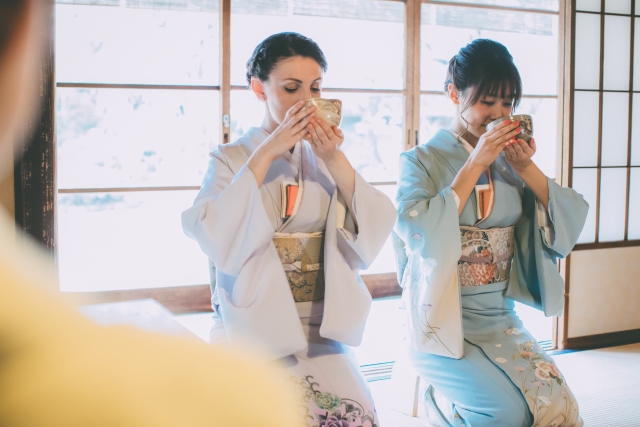
The Japanese tea Ceremony, known as Chanoyu (茶の湯) or Sado (茶道), is a symbolic ritual where tea is prepared, served, and consumed in a meticulously arranged sequence.
This ceremony, deeply rooted in Zen Buddhism, is much more than a social gathering – it is a spiritual and philosophical experience that combines harmony, respect, purity, and tranquility.
Appreciating the Beauty of Imperfection
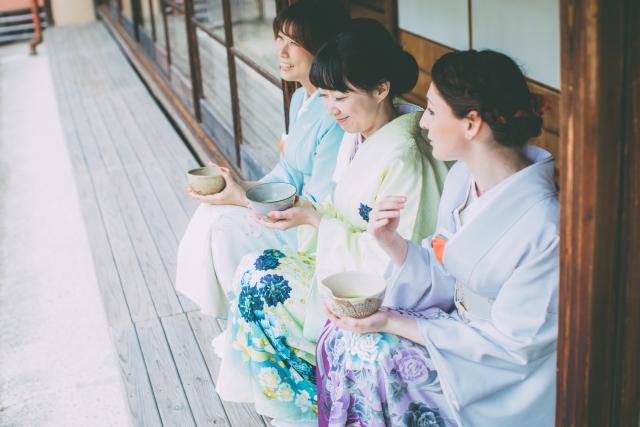
The Japanese tea Ceremony has its roots in the 9th century when tea first made its way from China to Japan. It wasn't until the 16th century, though, that tea masters like Sen no Rikyu shaped the ceremony as we know it today.
Sen no Rikyu's teachings emphasized Wabi-Sabi (侘寂), the appreciation of beauty in imperfection and transience, which remains a core value and aesthetic of the ceremony.
The Four Principles of Peace
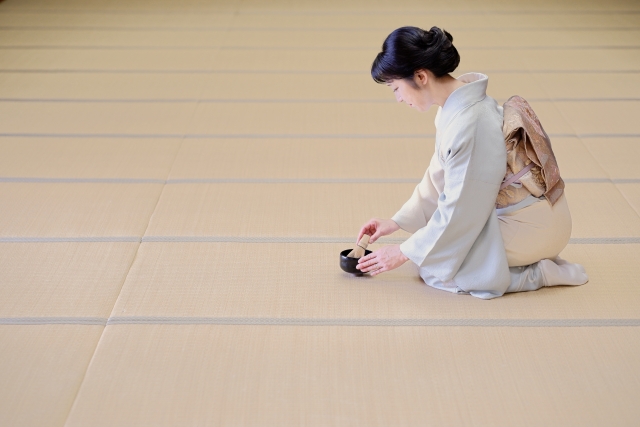
Central to the tea ceremony are the principles of Wa (和; harmony), Kei (敬; respect), Sei (清; purity), and Jaku (寂; tranquility).
These principles guide participants' interactions and the ceremony's atmosphere, promoting a meditative state and a deeper appreciation of the fleeting nature of the moment.
Tea Ceremony Aesthetics
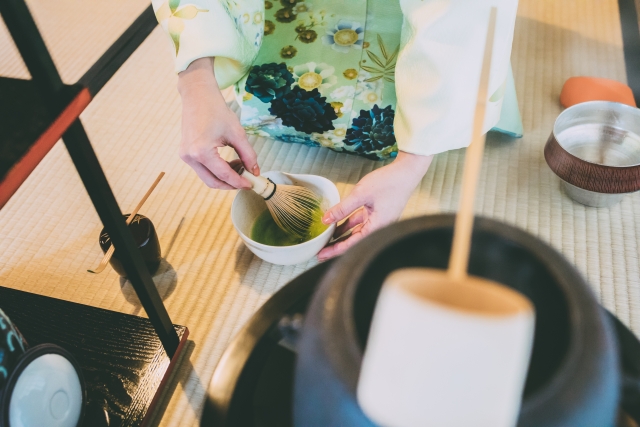
The traditional setting for a tea ceremony is a purpose-designed tea room or pavilion, often found within a tranquil garden.
The setting is carefully chosen to enhance the sensory experience, with elements of nature and seasonal decorations playing a crucial role.
- Did You Know? The tea room's entrance, a small door called Nijiriguchi (躙口), requires guests to bow and enter on their knees, symbolizing humility and equality regardless of social status.
The tea room's simplicity and rustic aesthetic are intended to foster a sense of Wabi-Sabi.
Essential Tea Utensils
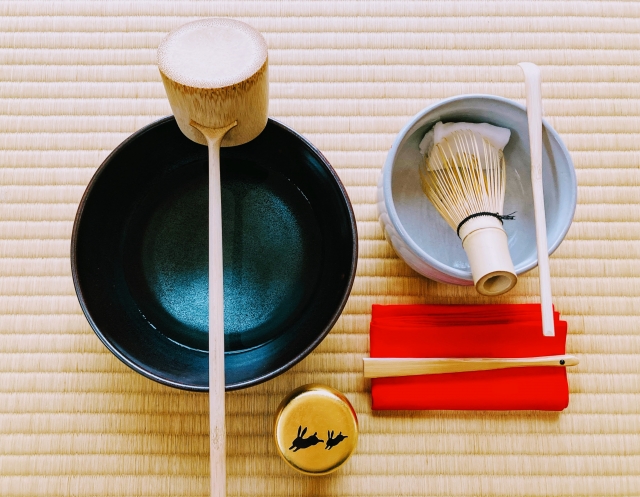
The tea ceremony employs specific utensils, each with its significance and aesthetic value. The Chawan (茶碗; tea bowl), Chasen (茶筅; bamboo whisk), Chashaku (茶杓; tea scoop), and Chaire (茶入; tea container) or Natsume for thin tea, are all central to the ceremony.
These items are often handcrafted and considered works of art.
Matcha: The Soul of the Ceremony
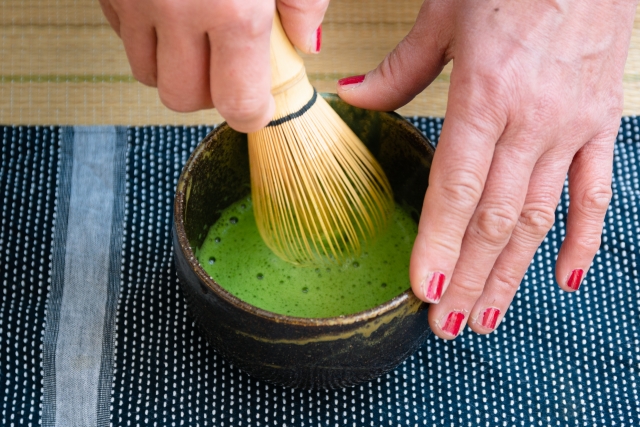
No Japanese tea ceremony is complete without top-notch Matcha (抹茶), the finely powdered green tea that stands out with its unique preparation and health perks.
Growing the Japanese matcha leaves in the shade ramps up their chlorophyll and amino acid levels before they're turned into a fine powder, offering an aromatic, rich flavor like no other.
The Full-Length Tea Ceremony (Chaji)
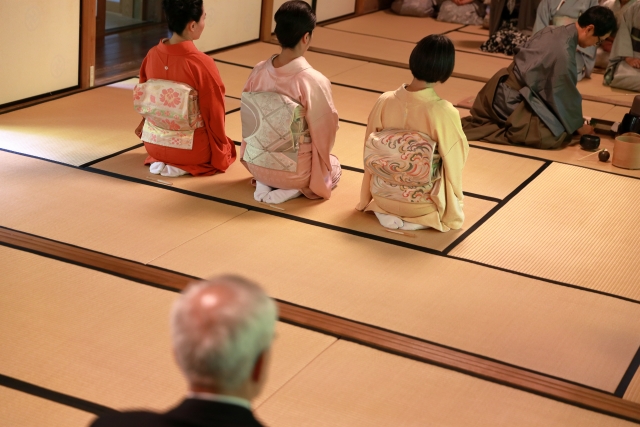
A full-length tea ceremony, or Chaji (茶事), unfolds in carefully choreographed steps, designed to bring the participants into the present moment and foster a communal spirit.
The ceremony can be divided into several key phases:
- Purification: Both the host and the utensils are symbolically purified, representing the cleansing of the spirit and the preparation for a transcendent experience.
- The Preparation of Thin Tea (Usucha 薄茶): The host meticulously prepares and serves Matcha in a thin consistency, emphasizing grace and precision in every movement.
- Interlude: Guests may be served a light meal (Kaiseki 懐石) and sweets (Wagashi 和菓子) to complement the tea's bitter taste, highlighting the ceremony's seasonal and aesthetic dimensions.
- The Preparation of Thick Tea (Koicha 濃茶): A thicker, more concentrated form of Matcha is prepared and shared among guests, symbolizing a deeper communal connection.
- Conclusion: The ceremony closes with a reflective moment, allowing guests and host to express gratitude and appreciation for the shared experience.
Ready to Craft Your Own Ceremony?
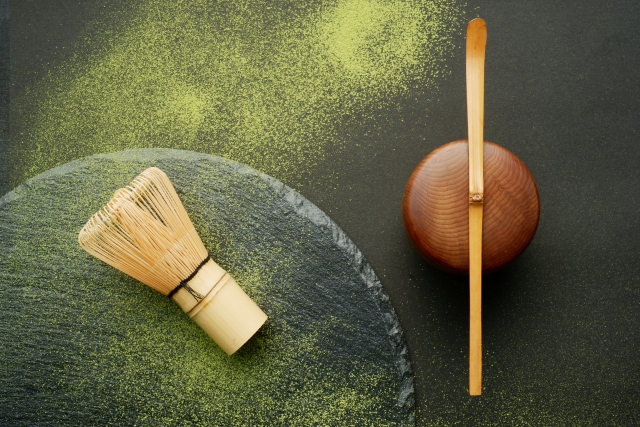
Think the Japanese Tea Ceremony is outdated? Think again. It's still a cornerstone of serene cultural rituals, blending ancient philosophy with the art of aromatic tea.
This practice offers a retreat from our hectic lives, promoting a spirit of mindfulness and aesthetic enjoyment. Now, you don't even need to be in Japan to immerse yourself in this peaceful serenity.
Wondering how to get started? ZenPlus, your go-to online marketplace for authentic Japanese items, offers everything you need to kickstart your journey into the tea ceremony.
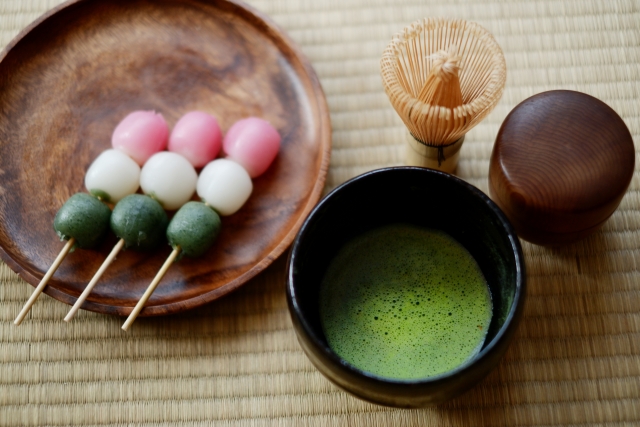
ZenPlus celebrates a decade of connecting the world with Japan's finest, offering a trusted platform where you can browse an almost endless variety of over 5 million products sourced from 3,000+ local retailers.
Among this vast selection lies a unique range of premium matcha powder and original matcha sets, each proudly crafted in Japan for the ultimate serene tea ceremony experience.
And don't miss out on the ultimate matcha pairing: the exquisite Japanese Wagashi.
These traditional confections, often crafted from mochi, anko (sweet red bean paste), and fruit, are the ideal companion to your aromatic green tea.
With a vast array of options available, you can easily find your perfect match powder, authentic matcha set, and delightful Wagashi to savor tea in the best way possible: the Japanese way.

